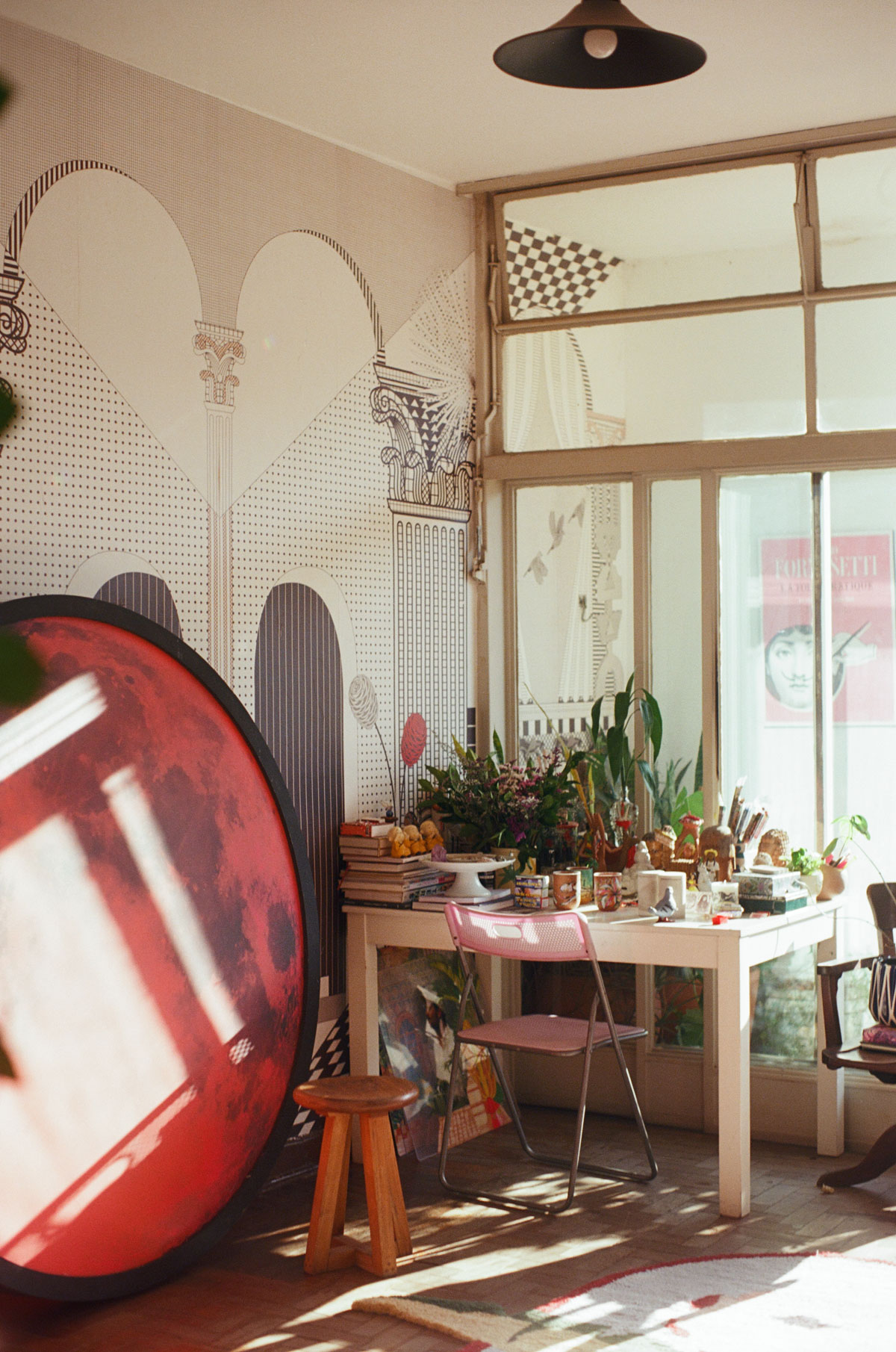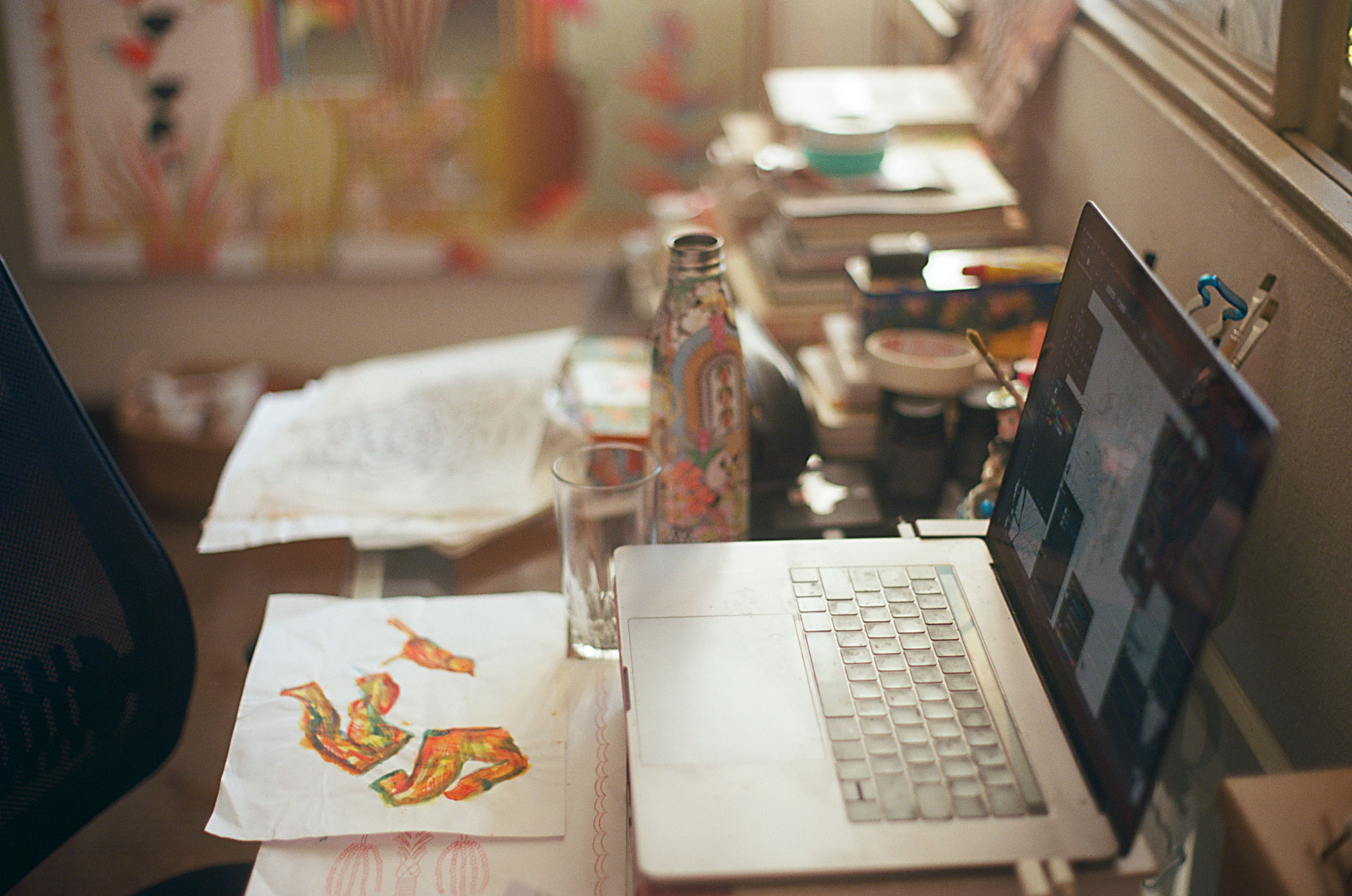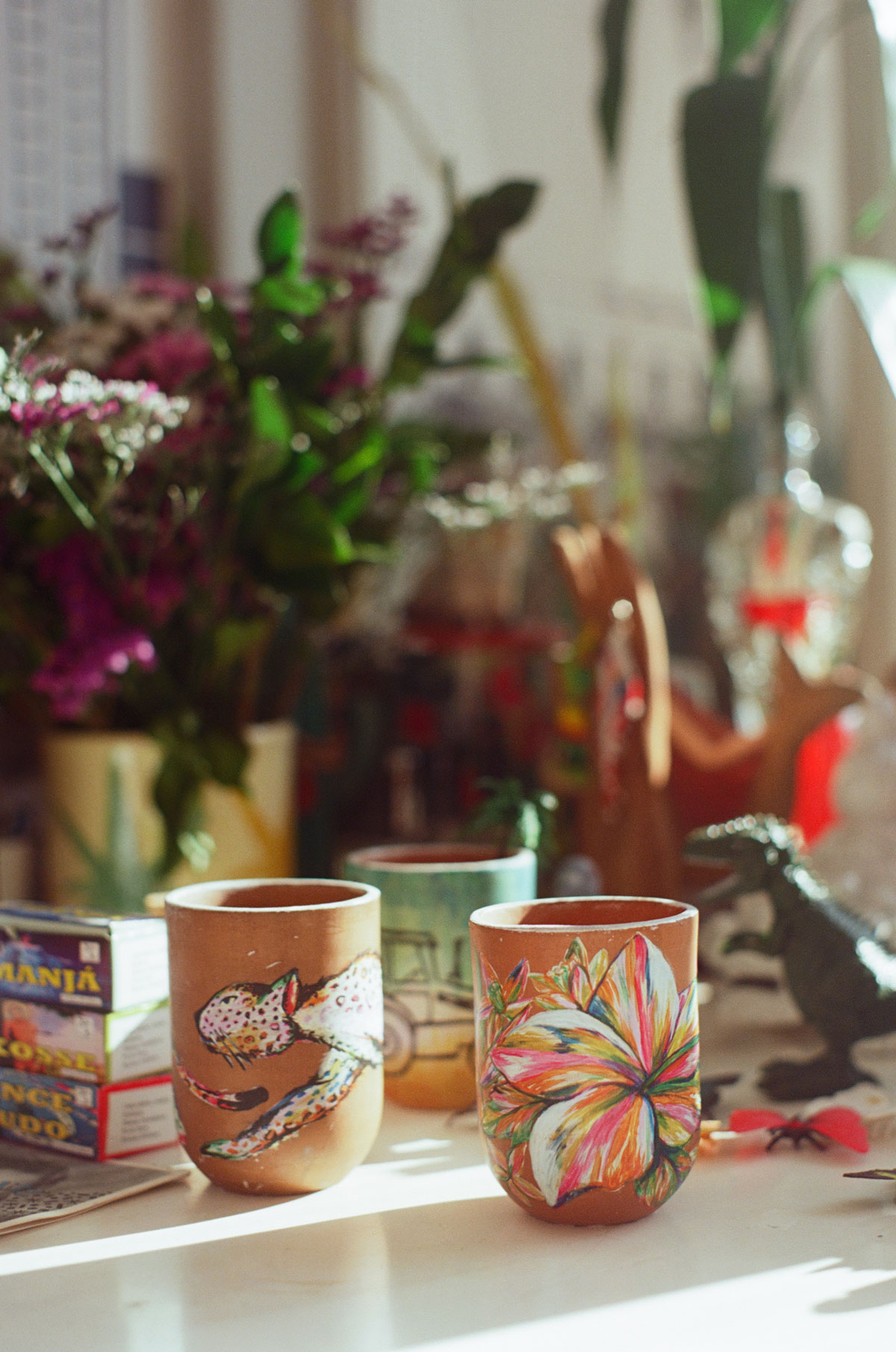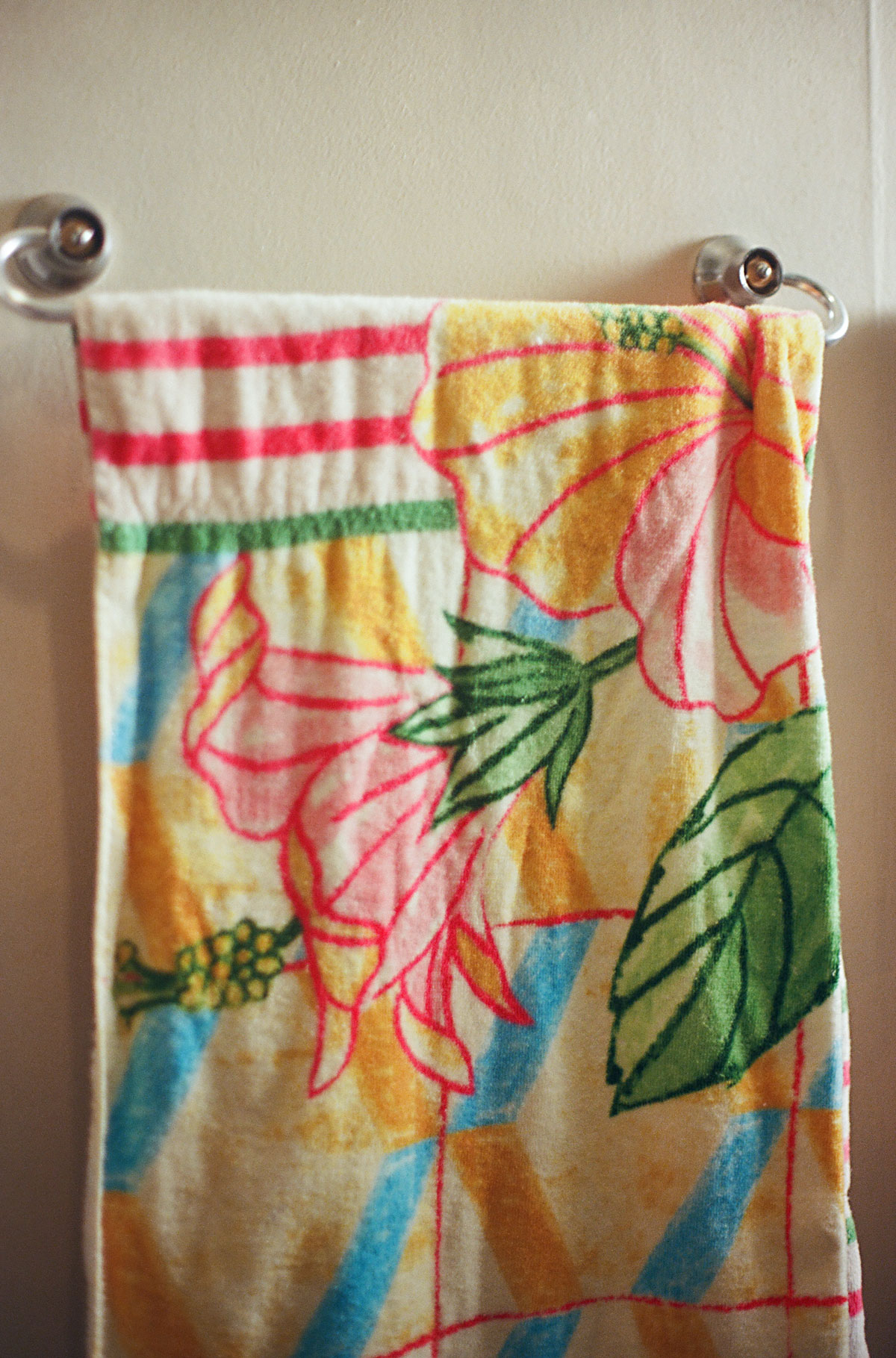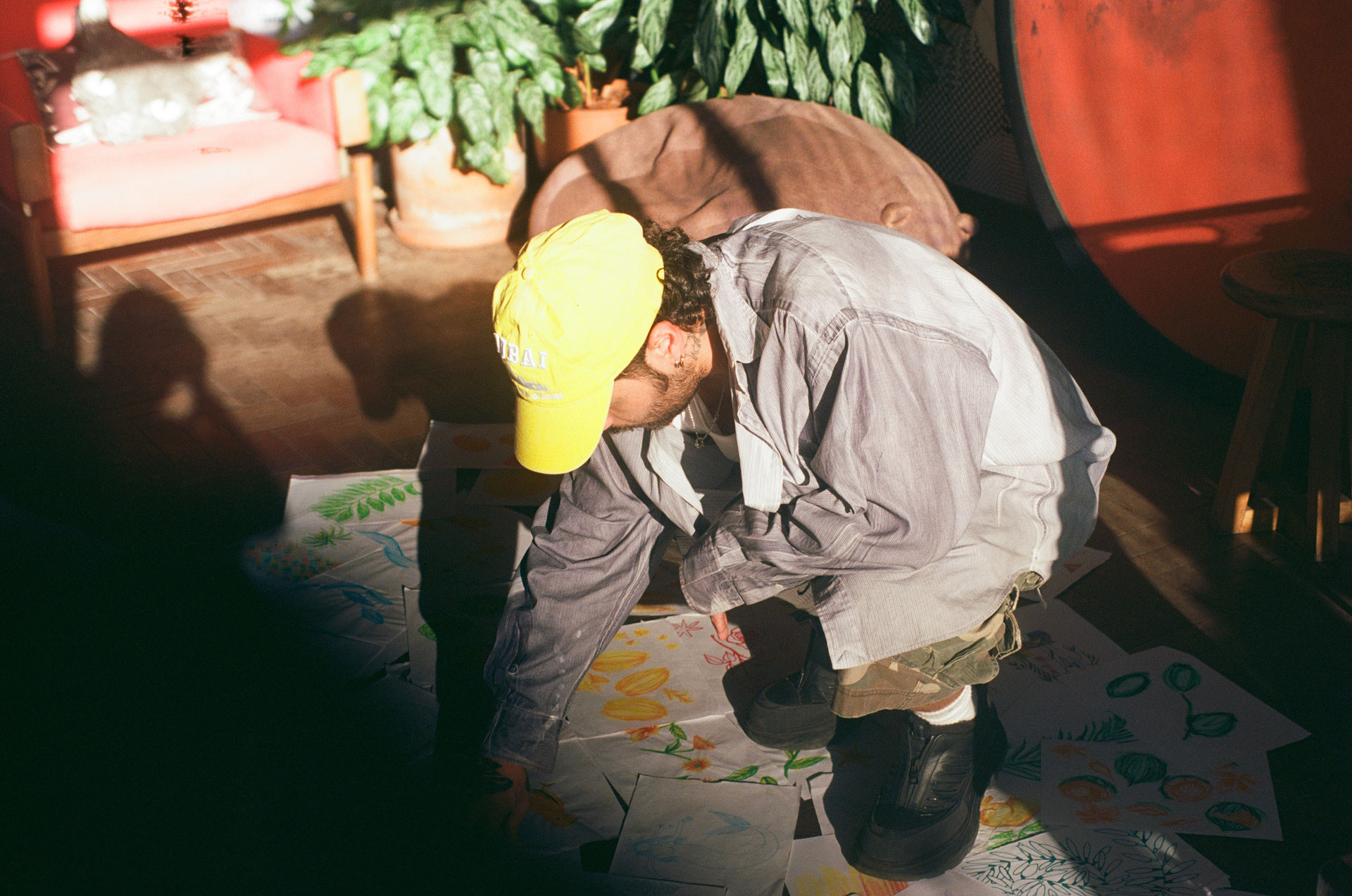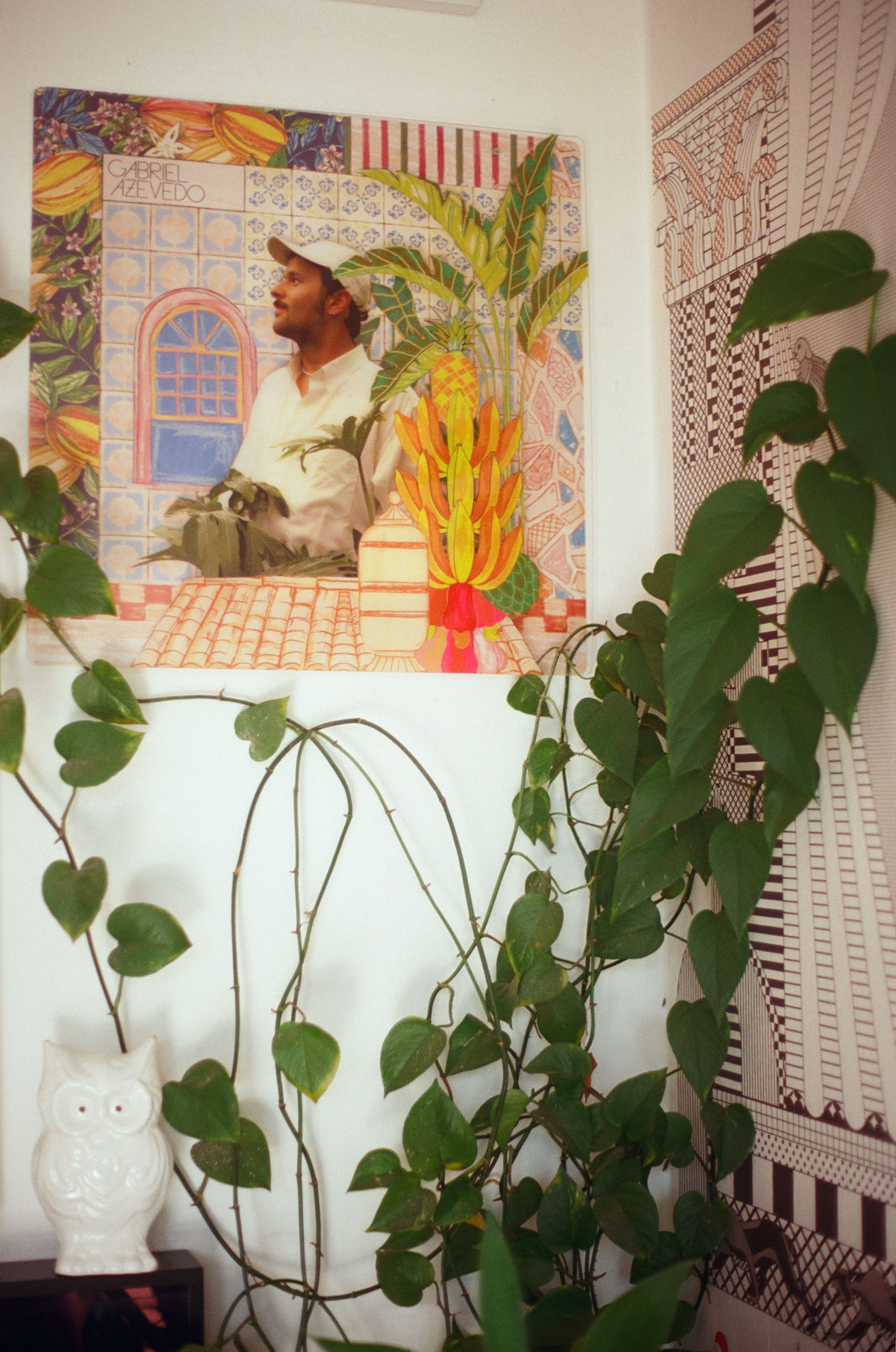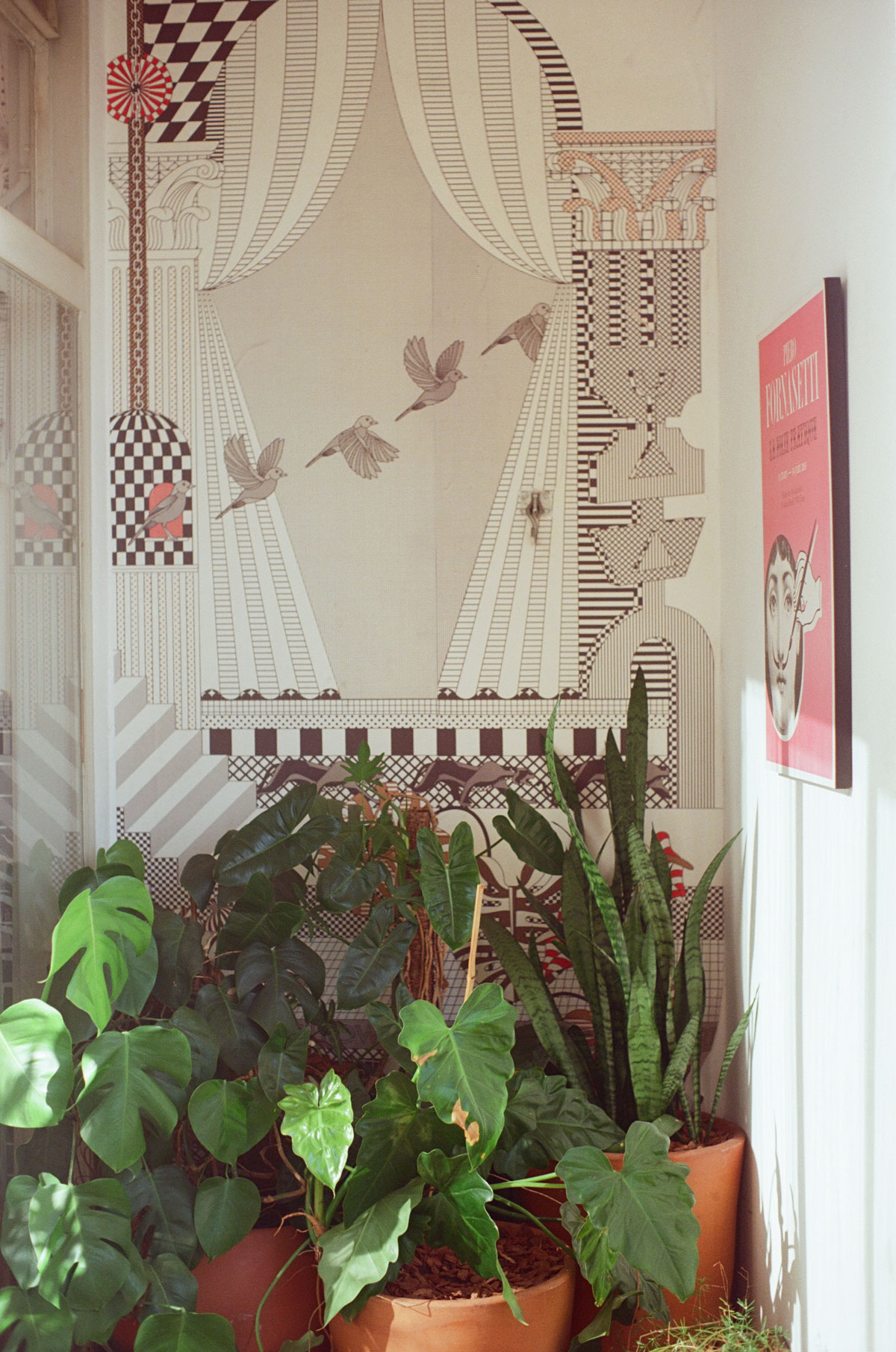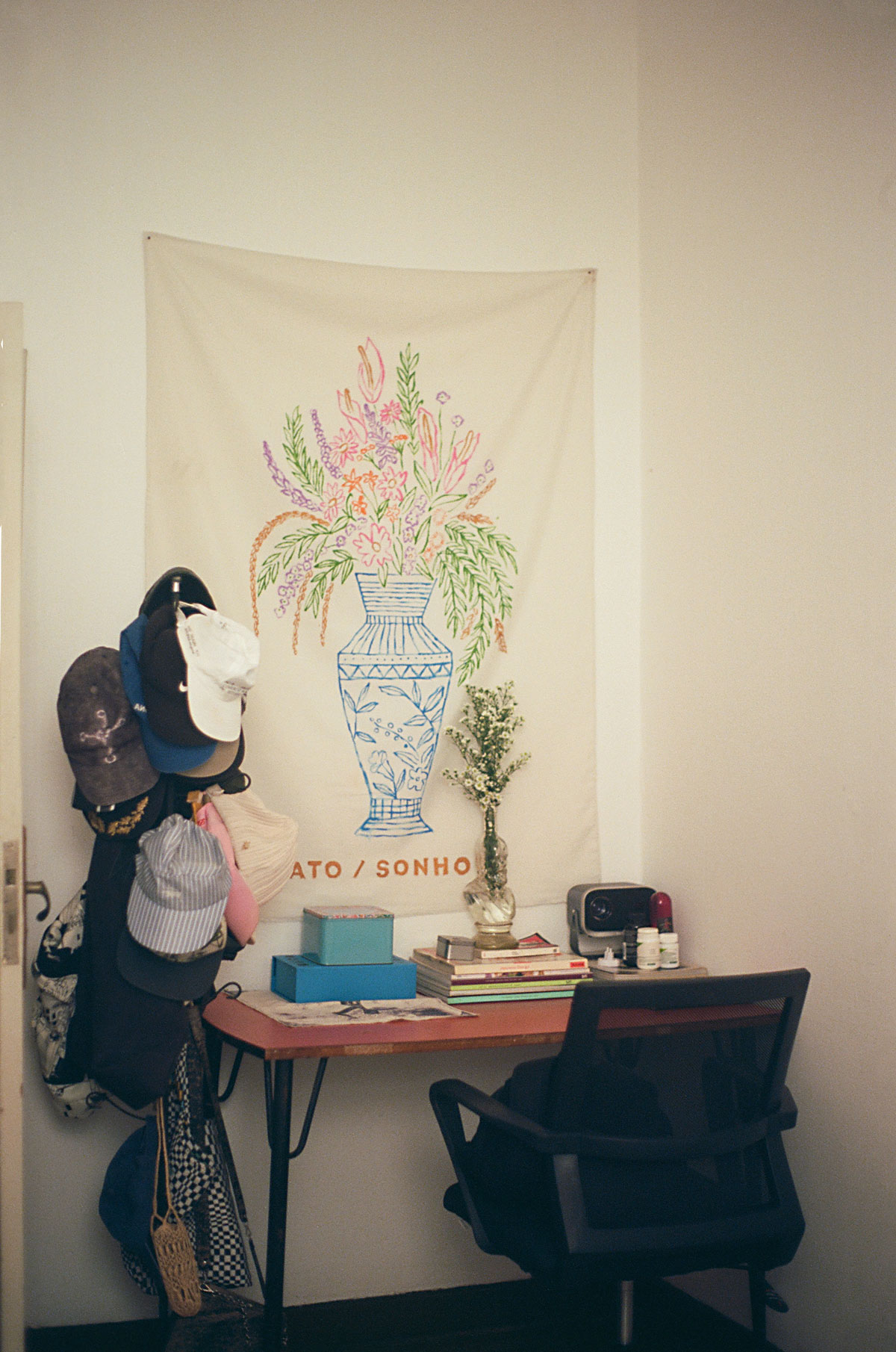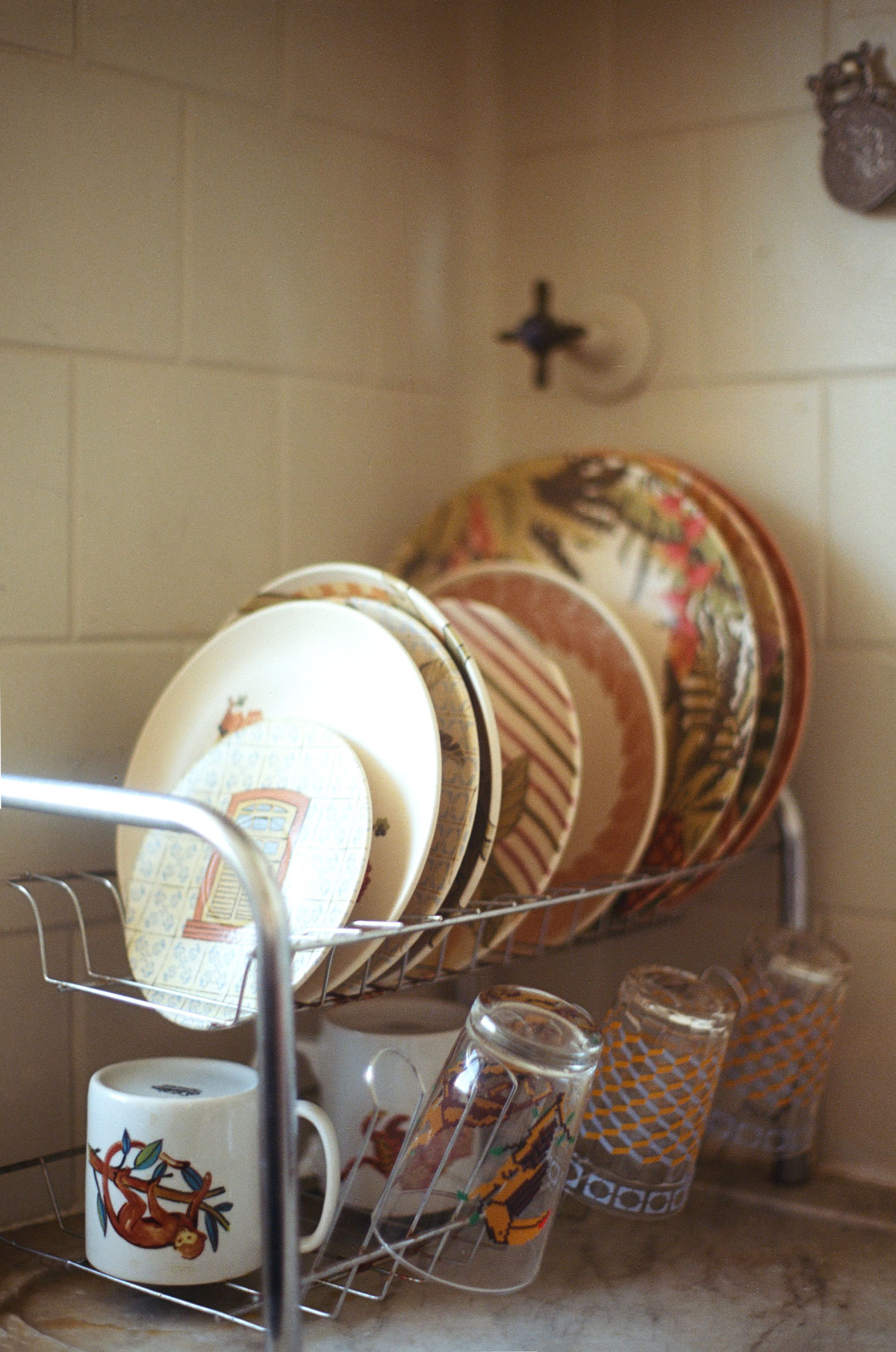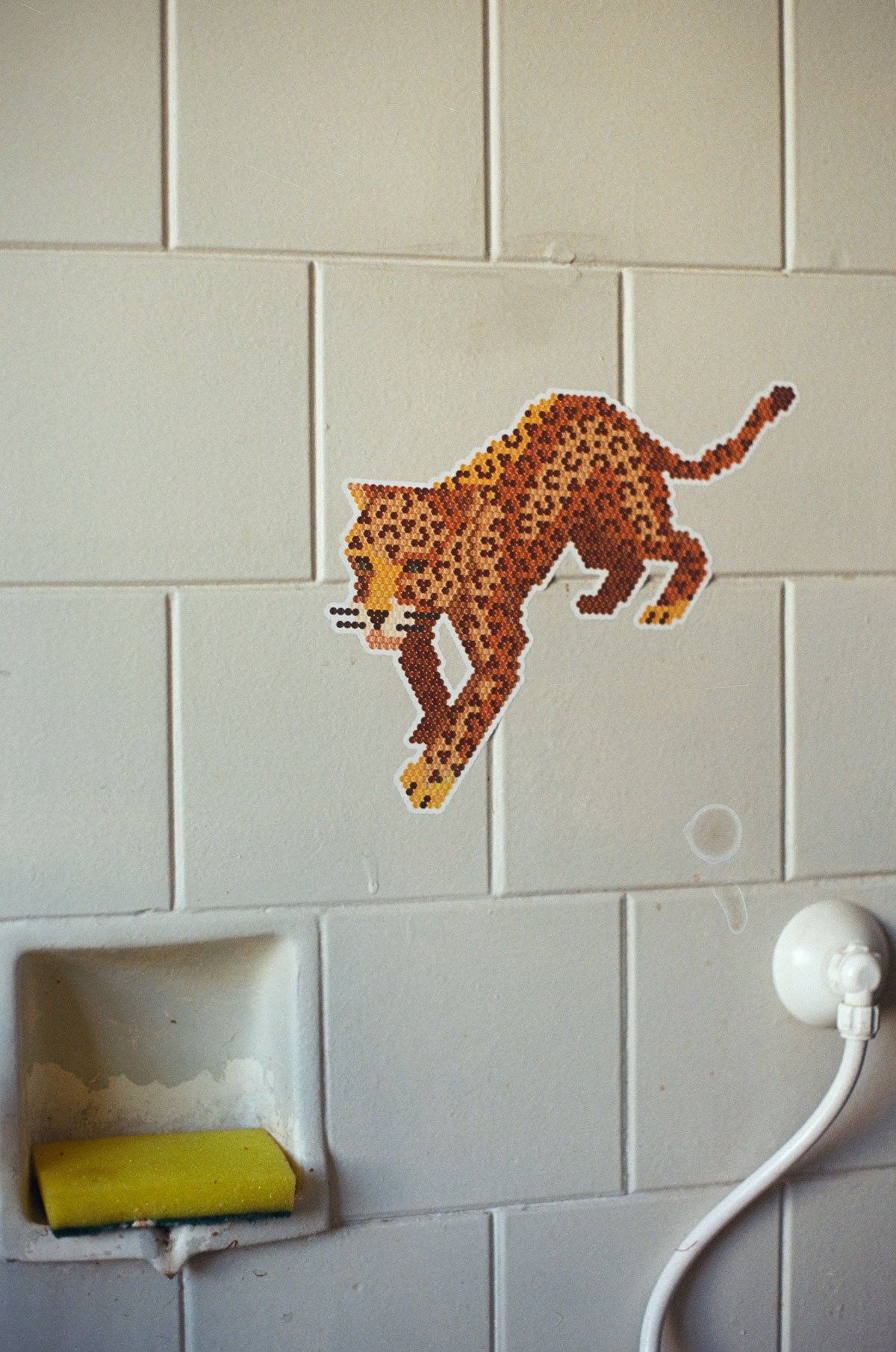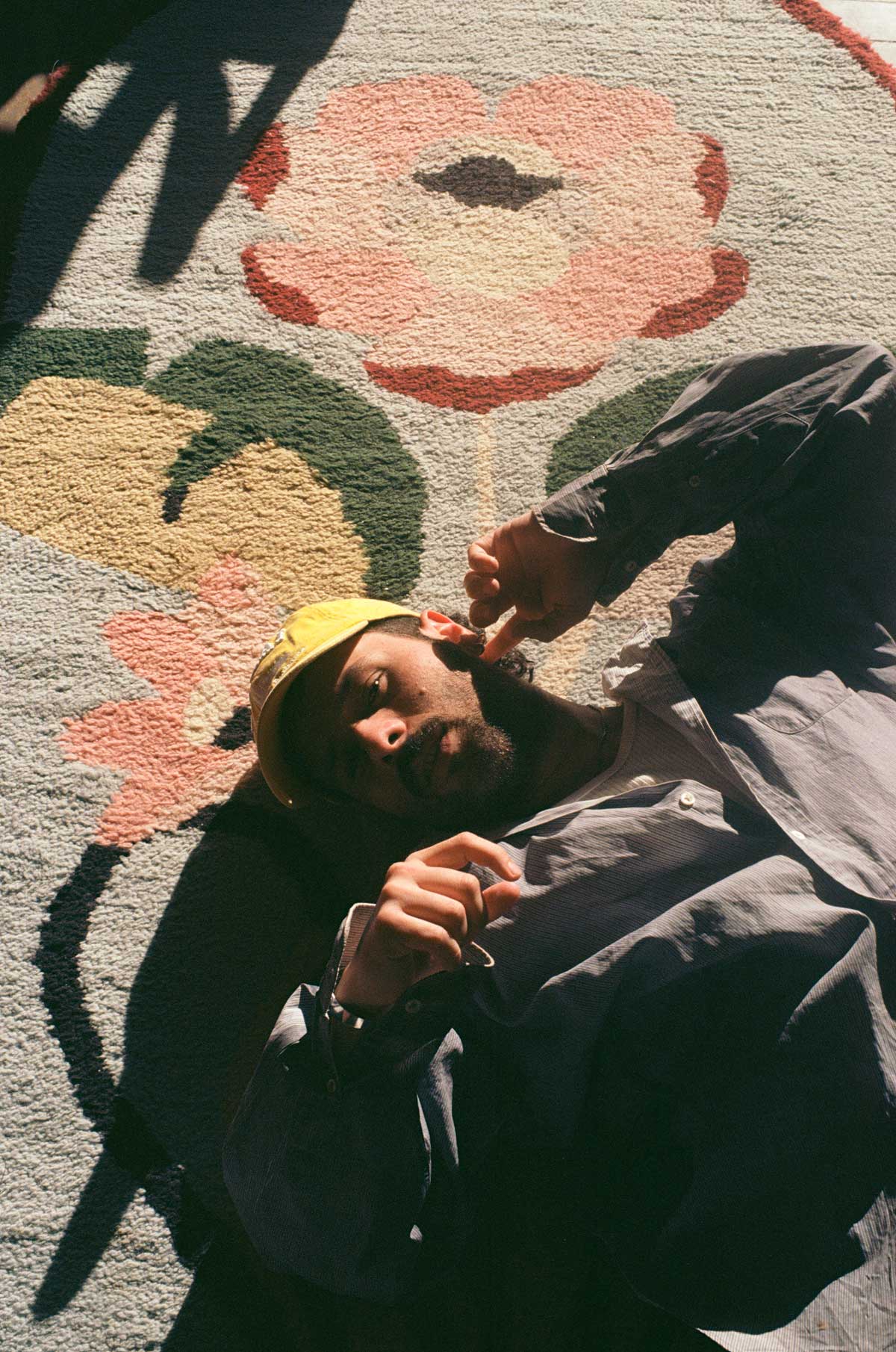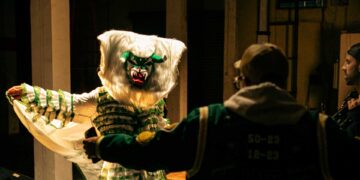Do I live at work, or do I work from home? Often, I struggle to separate these spaces. The truth is, I’m always working—my creative process is deeply connected to my experiences and memories. My home acts like a laboratory where the objects I develop come to life.
I was born in Recife and have been living in São Paulo for 14 years.
Recife, my hometown in the northeast of Brazil, is far from the country’s major urban centers, like São Paulo and Rio, but it’s brimming with an ancestral creative energy. There, cultural manifestations seep into your home and daily life—almost a shared space where everyone participates, even if they’re not necessarily interested. Maybe that’s why I have such a hard time separating my creative process from my personal life.
Every day, I wake up with the urge to create something new. The only routine I keep is making coffee and doing some physical exercise. After that, my process varies. I might be researching images, experimenting with a new style, or working on a specific project. I always have paper with me, drawing, painting, or cutting something out. I’m not particularly attached to any one technique or medium.
I enjoy exploring different methods of creation. I don’t believe my work is tied to any one image or specific language. Drawing is my first language—the way I first communicated, a bridge to others, a form of access. I like to develop various paths, venturing into new environments.
I’m deeply interested in other people, as if they could help me unravel the mystery of being alive, of feeling. Perhaps because I work from home and have very little interaction with others during my creative process, I’m drawn to projects that will enter into the intimacy of people’s lives. I find it fascinating to think that something I created with my hands could become a plate, a piece of clothing, or packaging that ends up in someone’s memory, in the daily life of someone I don’t even know.
I often hear artists describe their workspace as a sacred place. I admire this perspective, but I don’t share it. I’m more drawn to that line between the sacred and the profane—a big space of blending, without strict hierarchies. I like chaos a lot; it’s often the place I need to be in order to know where to go.
I like to think of my research as an ongoing process, formless, where my creative work spills over from the realm of art into daily life and the lives of others in an almost osmosis-like way. I think a lot about heritage—what has come to me, what I’ll leave behind, where these objects will end up. What narrative will be built around them? It’s not necessarily about me—it’s about all of us.
You can find out more about Gabriel at @gabriel_az // linktr.ee/gabriel_az
Photos: Anita Goes

